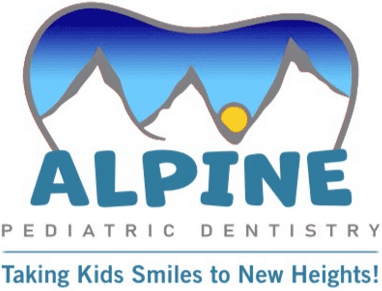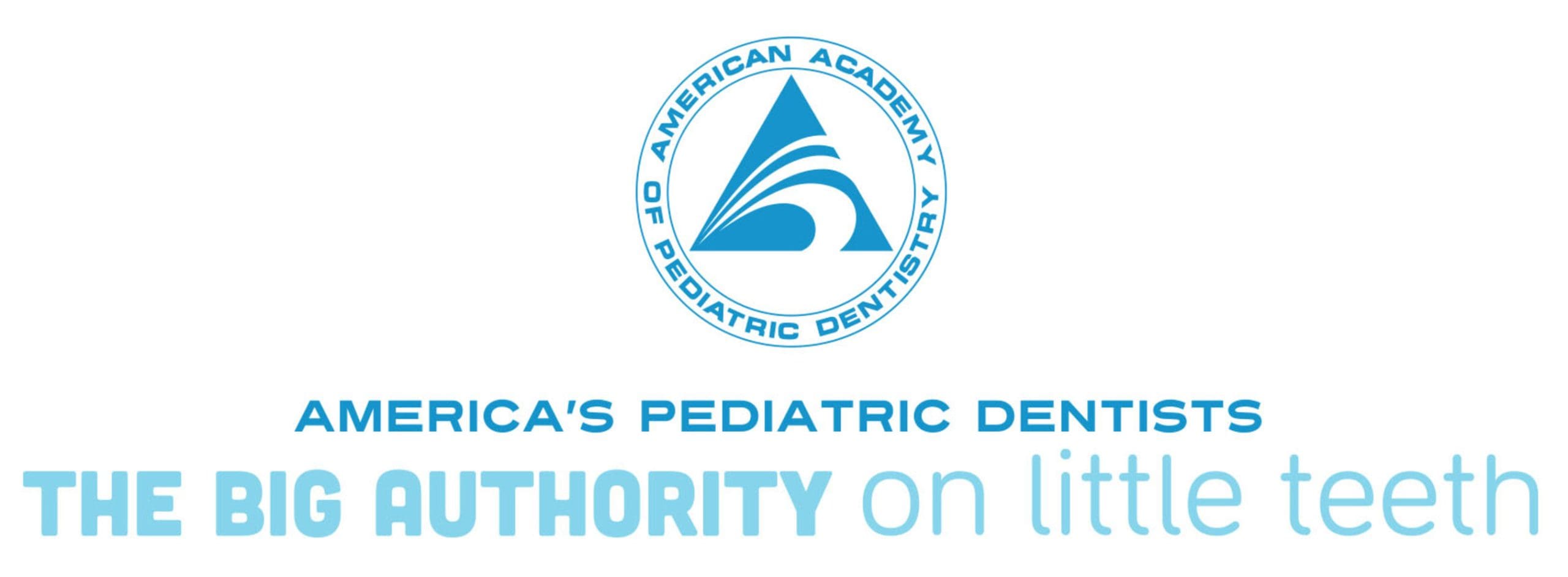Are you wondering whether digital x-rays outshine traditional film x-rays in terms of clarity and efficiency? At Alpine Pediatric Dentistry, we’re peeling back the layers to reveal how the precision of digital imaging and its streamlined process can significantly enhance your child’s dental care experience.
Image Quality: Digital vs. Film
When comparing digital x-rays to their film counterparts, one of the most significant advantages of digital technology is the superior image quality it provides. Digital x-rays produce images with higher resolution, allowing for more precise and detailed visualization of the internal structures. This clarity not only enhances diagnostic accuracy but also enables practitioners to detect issues at earlier stages, potentially leading to more effective treatments. The ability to manipulate the contrast and brightness of digital images further aids in identifying subtle differences that might be missed on film x-rays.
Moreover, digital x-ray systems offer the convenience of immediate image viewing, eliminating the wait time associated with film development. This efficiency not only streamlines the diagnostic process but also reduces the likelihood of retakes due to under or overexposure, which can occur with film. As healthcare providers weigh the benefits of digital technology, considerations around cost-effectiveness become paramount. For a deeper dive into the financial implications, explore our detailed analysis in Unpacking the cost factor: Are digital x-rays a more budget-friendly option?, where we examine whether the initial investment in digital x-ray equipment can lead to long-term savings.
Exposure Times: Efficiency Comparison
When comparing digital x-rays to traditional film x-rays, one of the most significant differences lies in the exposure times required for each method. Digital x-ray systems are designed to be much more sensitive to radiation, which means they can capture a detailed image using a fraction of the time needed for film x-rays. This reduced exposure time not only speeds up the diagnostic process but also minimizes the patient’s exposure to radiation, enhancing safety. The efficiency of digital x-rays is further amplified by their ability to produce immediate images, eliminating the wait associated with film development and leading to quicker diagnosis and treatment planning.
In the realm of modern radiography, the transition from film to digital has revolutionized the efficiency of dental and medical imaging practices. Digital x-rays offer a streamlined workflow, as they can be viewed on a computer screen within seconds after exposure, allowing for rapid assessment and adjustments if necessary. This immediacy is particularly beneficial in fast-paced clinical environments where time is of the essence. For those seeking expedited services in Lincolnton, Quick Digital X-Ray Results Lincolnton provides an excellent example of how digital technology can enhance patient care through swift and precise imaging solutions.
Radiation Levels: Safety Considerations
When comparing digital x-rays to traditional film x-rays, a key factor to consider is the radiation exposure to patients. Digital x-ray systems are renowned for their ability to capture high-quality images with significantly lower radiation doses, enhancing patient safety without compromising diagnostic clarity. This reduction in radiation is not only beneficial for single instances but also accumulates over time, making digital x-rays a preferred choice for those requiring frequent imaging. By embracing advanced sensor technology, digital x-rays minimize the health risks associated with radiation exposure, thereby aligning with modern safety standards and patient well-being priorities.
Processing Speed: Digital Advantages
When comparing digital x-rays to their film counterparts, one of the most significant benefits lies in the remarkable processing speed of digital technology. Unlike traditional film x-rays that require time-consuming chemical development, digital x-rays are available for review almost instantaneously after exposure. This swift turnaround not only enhances workflow efficiency within medical practices but also accelerates diagnosis and treatment planning for patients. The rapid processing of digital images eliminates the wait associated with film drying and reduces the overall appointment duration, making it a clear choice for practices aiming to optimize their operations and improve patient satisfaction.
Archiving and Accessibility: Storage Solutions
When comparing digital x-rays to traditional film x-rays, the differences in archiving and accessibility are stark. Digital x-ray systems offer superior storage solutions, allowing medical images to be saved directly to electronic medical records (EMRs), which streamlines the management and retrieval process. This digital archive not only saves physical space but also enhances data security and facilitates instant access to patient histories, enabling healthcare providers to deliver faster and more accurate diagnoses. In contrast, film x-rays require physical storage that is both space-consuming and less efficient, with a higher risk of damage or loss over time. The integration of digital x-rays into Picture Archiving and Communication Systems (PACS) further underscores their superiority in terms of clarity and efficiency, as these systems allow for easy sharing and collaboration among medical professionals, regardless of geographical barriers.
Conclusion
For a brighter, healthier smile for your child, embrace the advantages of digital x-rays at Alpine Pediatric Dentistry; call us at 704-479-6777 or read our reviews on Google Maps.





